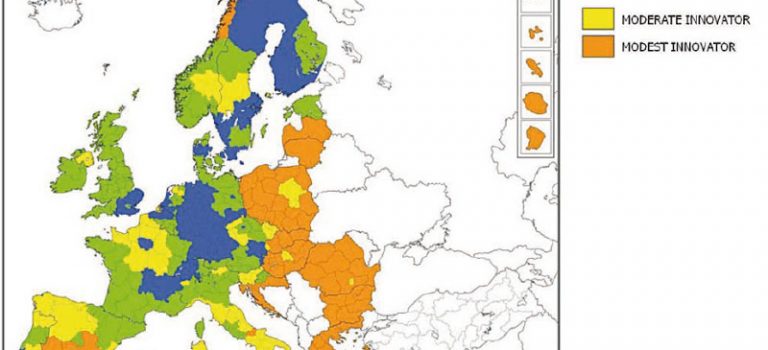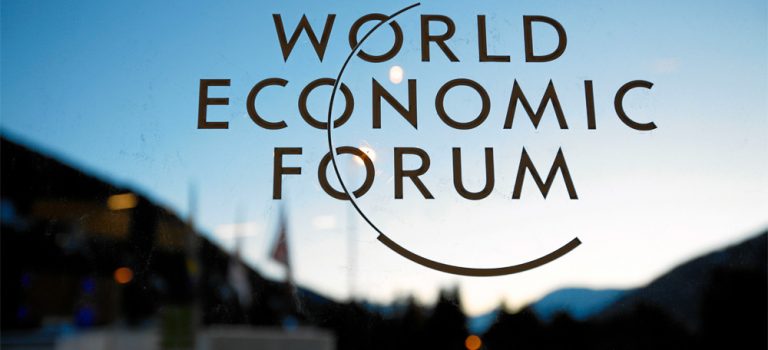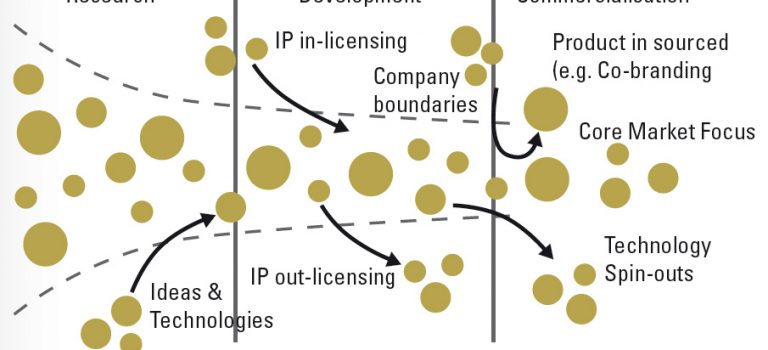The results of the 2013 study of innovation in the European Union have been published. The most innovative countries are still Germany, Finland, Sweden and Denmark. However, the gap between these so-called ‘innovation leaders’ and the innovation followers, such as the Netherlands and Luxembourg is growing.

Or, as stated by the European Commission:
Innovation performance in the EU has improved year on year in spite of the continuing economic crisis, but the innovation divide between Member States is widening. While the most innovative countries have further improved their performance, others have shown a lack of progress. The overall ranking within the EU remains relatively stable, with Sweden at the top, followed by Germany, Denmark and Finland. Estonia, Lithuania and Latvia are the countries that have most improved since last year. Drivers of innovation growth in the EU include SMEs and the commercialisation of innovations, together with excellent research systems. However the fall in business and venture capital investment over the years 2008-2012 has negatively influenced innovation performance.
Read the full report:
[gview file=”http://ec.europa.eu/enterprise/policies/innovation/files/ius-2013_en.pdf”]


 Last week the Global Innovation Barometer (GE) has been launched. The barometer provides results from (the most important) economies around the world . For instance, in the Dutch Report they conclude: “Innovation is a strategic priority for Dutch Businesses”, with almost 91% of the respondents mentioning it. Moreover, the report mentions the following indicators as most important for innovation:
Last week the Global Innovation Barometer (GE) has been launched. The barometer provides results from (the most important) economies around the world . For instance, in the Dutch Report they conclude: “Innovation is a strategic priority for Dutch Businesses”, with almost 91% of the respondents mentioning it. Moreover, the report mentions the following indicators as most important for innovation:




